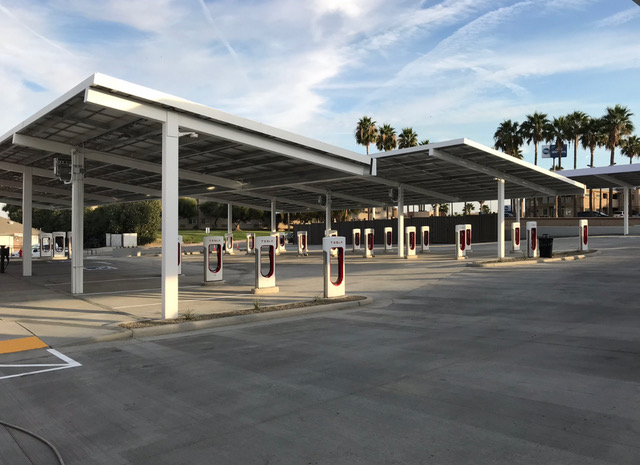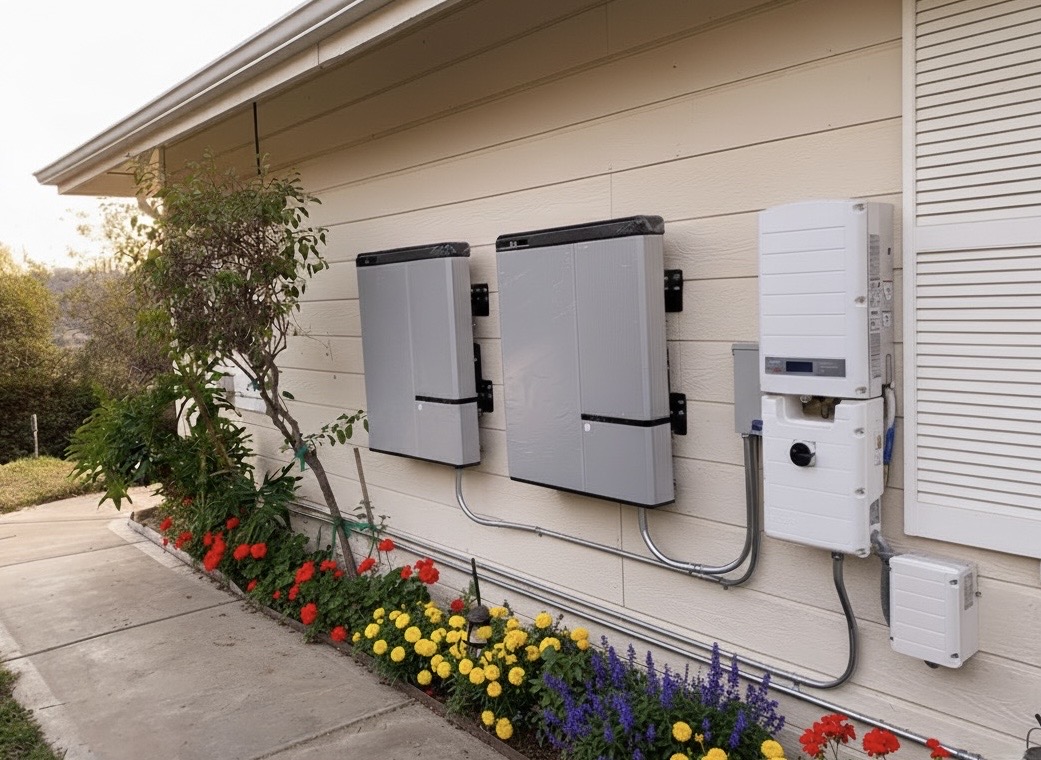Dedicated Equipment Circuits in West Hollywood
Powering premium appliances and smart systems in West Hollywood requires more than just an open outlet. Shaffer Construction, Inc. designs and installs dedicated equipment circuits for condos, apartments, and townhomes across the city—so your high-end range, built-in espresso maker, wine fridge, or in-unit laundry runs safely and reliably. From the Sunset Strip to the West Hollywood Design District and around the Pacific Design Center, homes here blend luxury finishes with modern tech. We match that standard with precise load calculations, clean routing in finished spaces, and code-perfect installations. Expect clear pricing, fast timelines, and courteous work that respects HOA rules and your neighbors.
Our Work



Benefits
Future-Proof, Efficient Circuitry
We future-proof dedicated circuits by designing capacity with headroom and scalability. That can include installing larger conduit, adding a subpanel with spare spaces, using smart load centers (Leviton or SPAN), and integrating whole-home surge protection. We specify AFCI/GFCI breakers as required, run copper conductors sized for expected loads, and label circuits clearly for future service. For smart homes, we provide dedicated power for racks, PoE switches, and UPS systems with clean grounding and cable management.
Permits and Local Compliance
Shaffer Construction manages the entire permitting workflow with the City of West Hollywood Building and Safety Division, aligning with the 2022 California Electrical Code (based on NEC 2020) and Title 24 where applicable. Our submittals include load calculations per CEC Article 220, panel schedules, and riser sketches when needed. We coordinate inspections, meet the inspector on-site, and ensure penetrations are sealed with UL-listed firestop systems per CBC requirements—so your project passes cleanly the first time.
Expert Workmanship Matters
We use premium materials—copper THHN/THWN conductors, EMT or flexible metallic conduit where required, tamper-resistant receptacles, and listed junction boxes. Breakers are matched to your existing panel brand (Eaton, Square D, Siemens) to maintain listing integrity. Our team follows NFPA 70E safety practices, performs torque verification on terminations, and tests polarity, GFCI/AFCI functions, and voltage drop. Expect clean cuts, level devices, neat labeling, and dust control to protect your finishes.
Bespoke Circuit Planning
Every residence is different. We survey appliance nameplate ratings, startup currents, and manufacturer installation clearances. Then we design routes that minimize wall openings, leverage closets or soffits, and respect HOA acoustic and fire assemblies. We coordinate with your designer for discreet device placement and finishes, provide options like low-profile surface raceway in concrete buildings, and produce a clear plan and timeline before we start.
What We Offer
Frequently Asked Questions
Do I need a permit in West Hollywood for a new dedicated circuit?+
Yes. The City of West Hollywood Building and Safety Division requires an electrical permit for new circuits. Simple single-circuit projects are often quick-issue permits. We prepare load calculations, submit the application, meet the inspector, and close out the permit on your behalf.
I live in a concrete condo building—can you add circuits without opening walls?+
Often, yes. In post-tension slab buildings where ceilings can’t be penetrated, we use wall cavities, closets, or low-profile surface raceway to reach the location. We coordinate with the HOA on allowed methods and color-match raceway for a discreet finish while maintaining code compliance and firestopping.
How long will my power be off during installation?+
Most of the home remains powered. We schedule a short panel shutdown—usually 30–90 minutes—to install and torque the new breaker and make terminations safely. We coordinate timing with you and restore power as quickly as testing allows.
What size circuit do I need for my appliance?+
We size circuits to the appliance nameplate and manufacturer instructions. Typical examples: 20A/120V for microwaves, 20A laundry, 30A/240V for dryers, 40–50A/240V for ranges or ovens, and dedicated 15–20A GFCI for bathrooms. We confirm conductor size (12 AWG, 10 AWG, 8 AWG, etc.) and breaker type (AFCI/GFCI) during design.
Will my existing panel handle new circuits, or do I need an upgrade?+
We perform a load calculation per CEC Article 220 and review available breaker spaces. If the panel is full or service is undersized, we may recommend a subpanel or a main service upgrade. Sometimes rearranging tandem breakers is code-compliant; other times, expansion is the safest option.
Ready to Get Started?
Contact us today for a free consultation and quote on your electrical project!
Contact Us